
Artists Get Their Hands Dirty (Gallery)
The McColl Center for Art and Innovation in Charlotte, N.C., contributed these images to Live Science's Expert Voices: Op-Ed & Insights.
Fusing art and civil service, artists in Charlotte, N.C., are expanding beyond traditional visual projects to solve tough community problems. Artists with the McColl Center for Art and Innovation have tackled issues from erosion control to the need for play spaces. Below are images of their work, and you can read more about the effort in the Expert Voices interview with Lisa Hoffman, "Art as Flood Control ,"from the U.S. National Endowment for the Arts.
Cleaning up
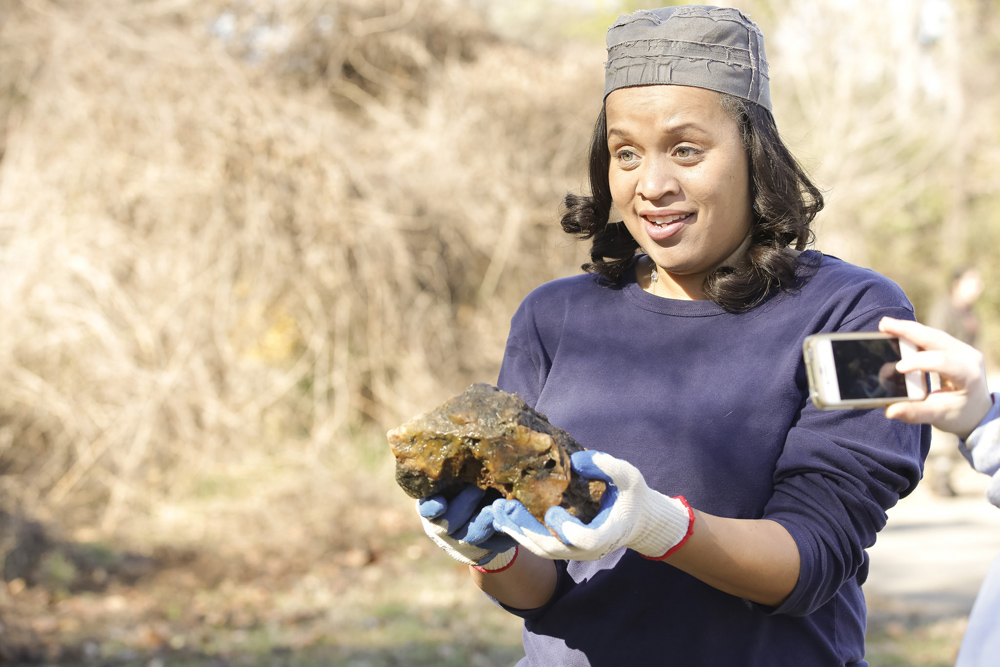
Lisa Hoffman, director of the McColl Center for Art and Innovation in Charlotte, N.C.
Fighting erosion
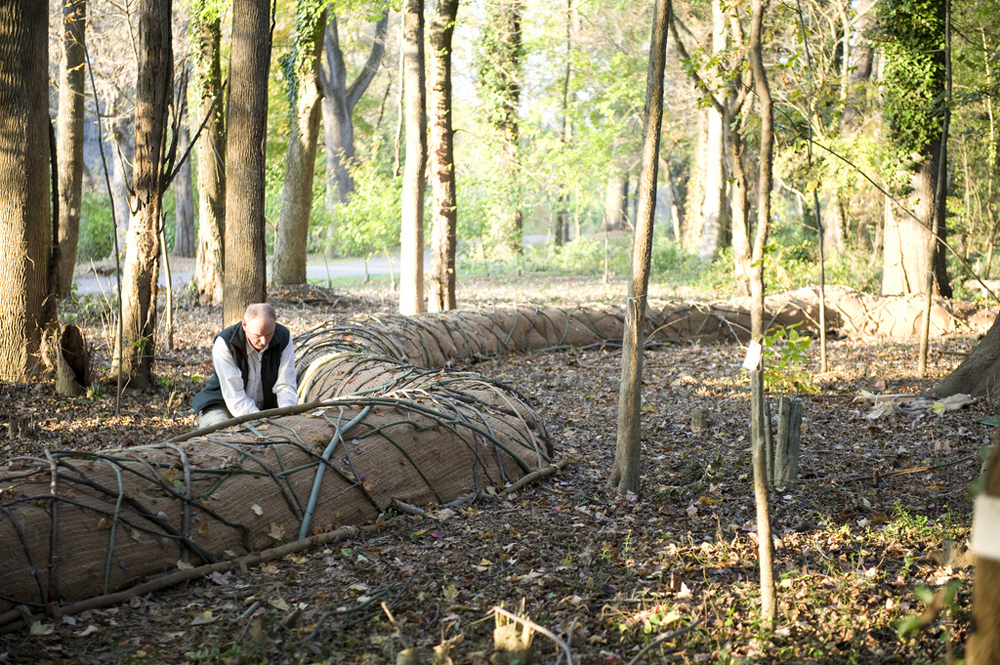
McColl Center for Art and Innovation environmental artist-in-residence Daniel McCormick's installation mitigates erosion and slows polluted water run-off into Charlotte's Little Sugar creek.
Be Like Water
Sign up for the Live Science daily newsletter now
Get the world’s most fascinating discoveries delivered straight to your inbox.
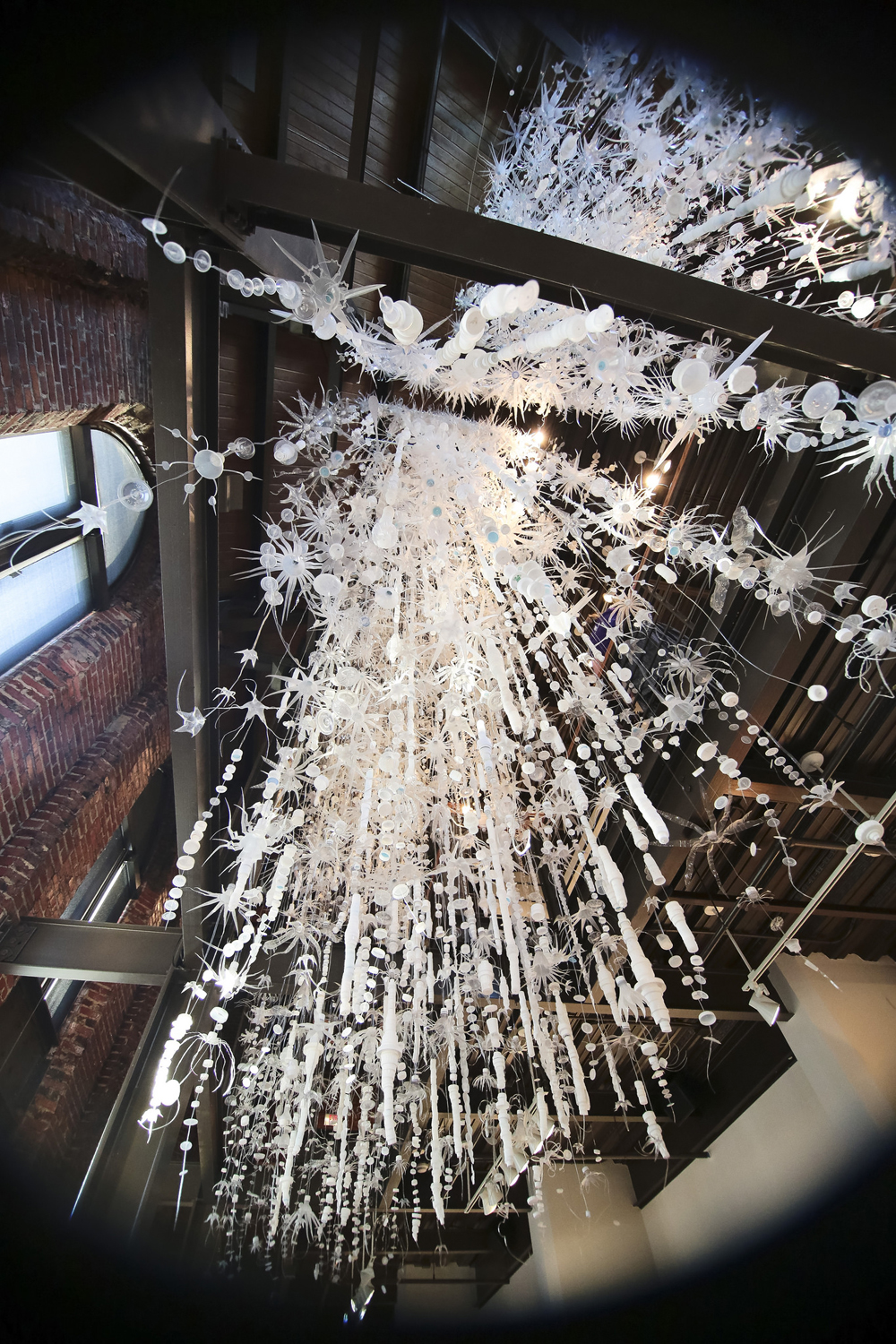
The Stayin' Alive Exhibition at the McColll Center featured the installation Be Like Water(2010) by center environmental artist-in-residence Aurora Robson.
Our food
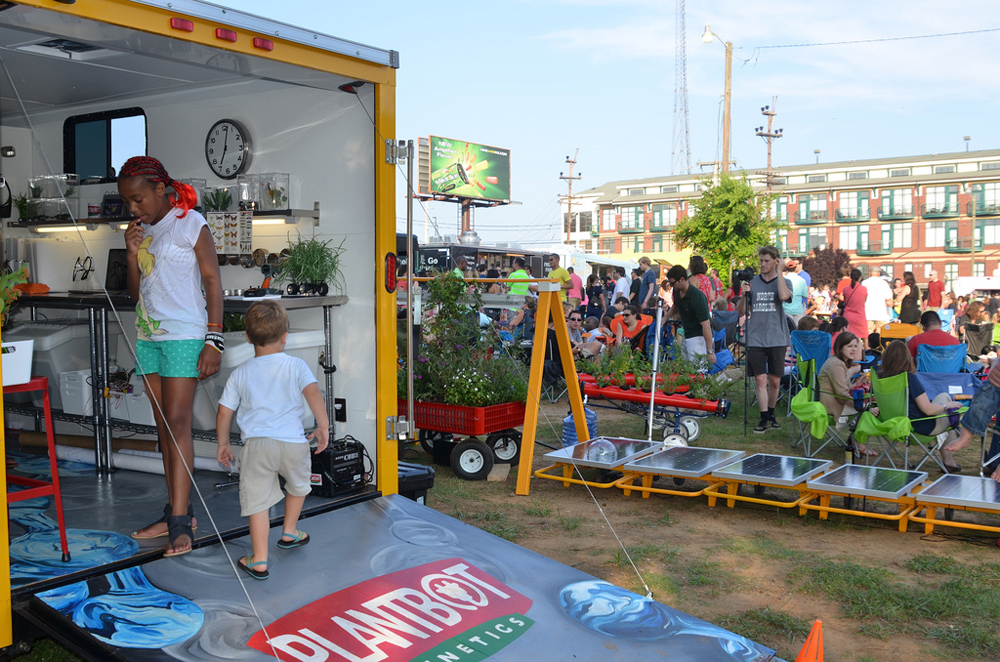
Jeff Schmuki and Wendy DesChene created this community engagement activity focusing on second-shift pollinators during Charlotte's Food Truck Friday.
In the park
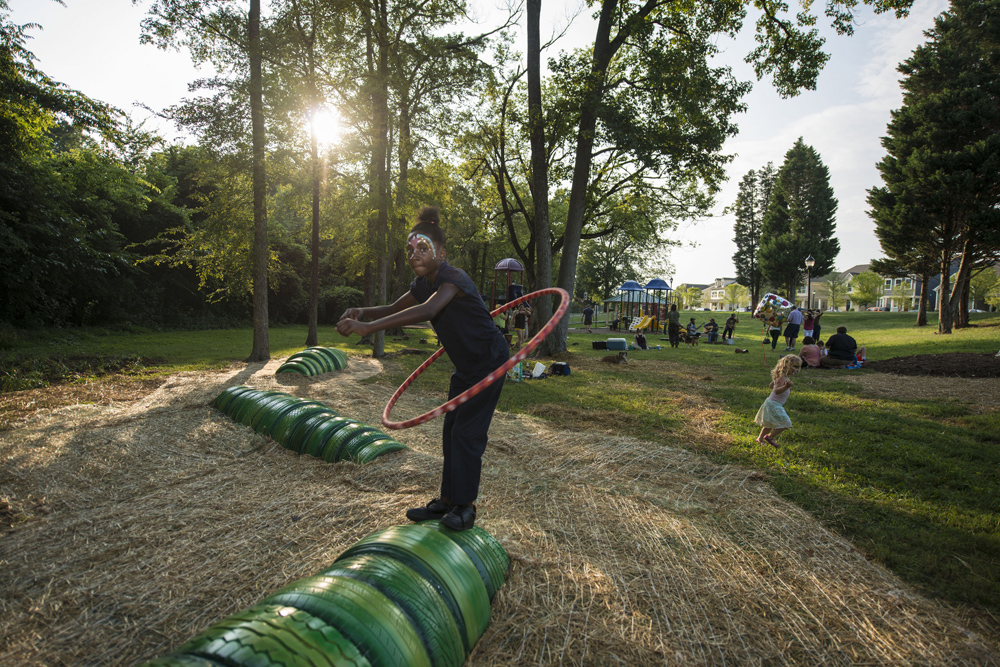
A visitor enjoys McColl Center environmental artist-in-residence Ruganzu Bruno's Playscape at its dedication in Brightwalk.
Close to home
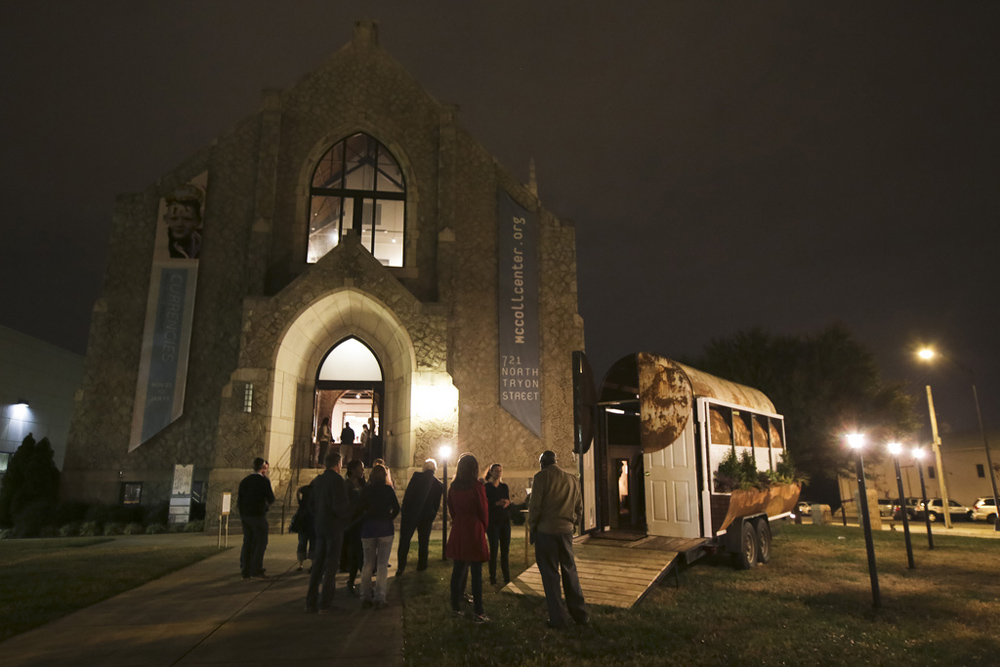
Jason McDonald's ArtVee sits on the front lawn of the McColl Center, a project in collaboration with fellow artist-in-residence Samantha Hill.
Event clean up
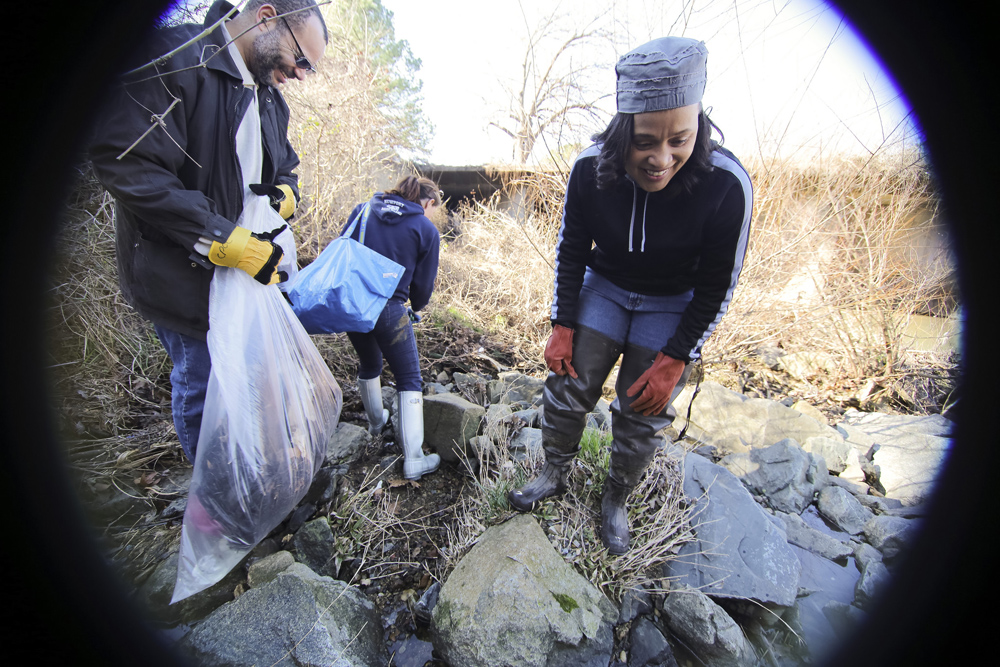
A clean up of Irwin Creek stream on Martin Luther King Day, an event held with Central Piedmont College students and led by McColl environmental artist-in-residence, Aurora Robson.
Follow all of the Expert Voices issues and debates — and become part of the discussion — on Facebook, Twitter and Google+. The views expressed are those of the author and do not necessarily reflect the views of the publisher. This version of the article was originally published on Live Science.










